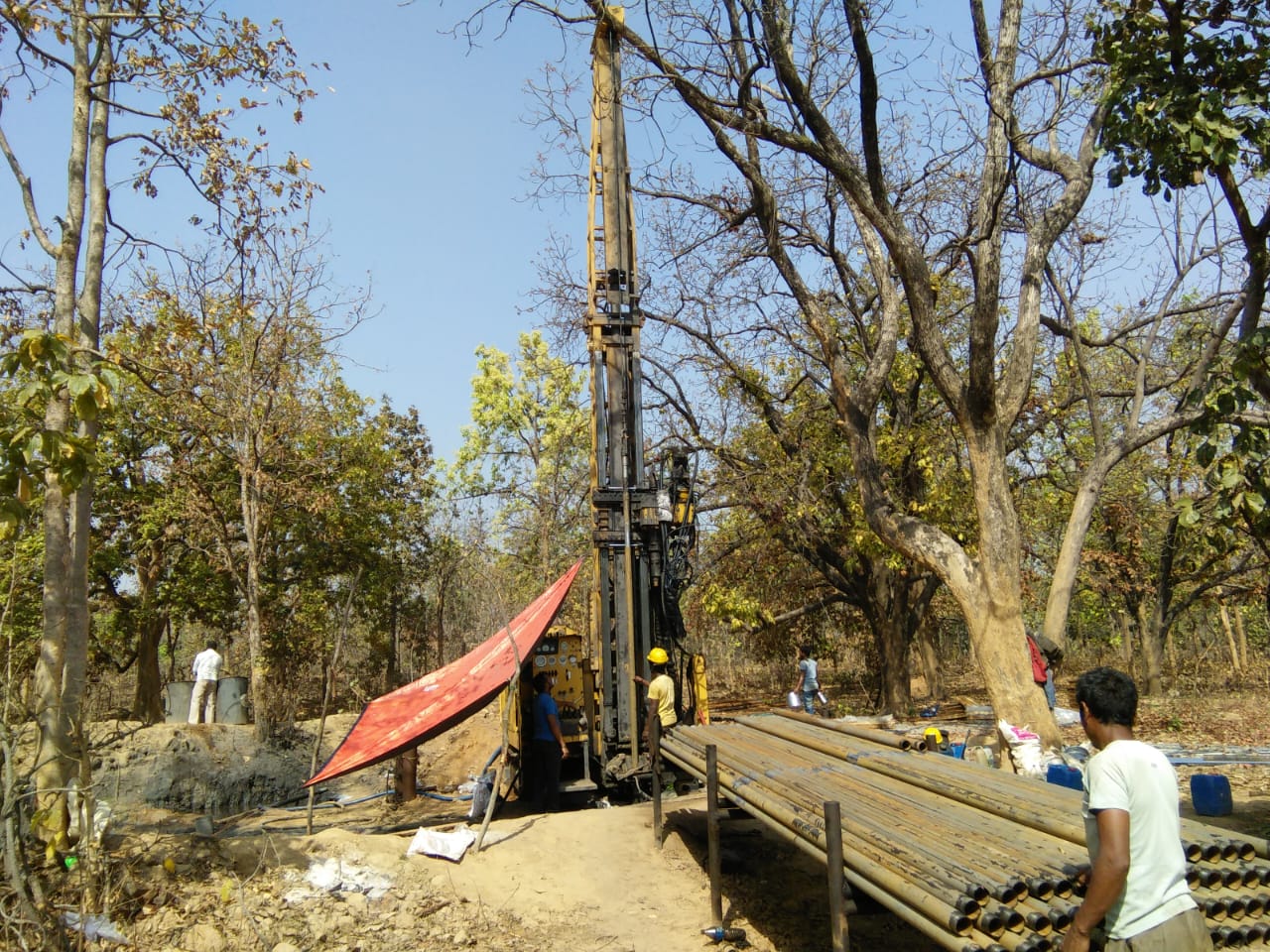Diamond Core & DTH Drilling

Diamond Core Drilling and Down-the-Hole (DTH) Drilling are two commonly used methods in the exploration and extraction of minerals, particularly in the mining and oil and gas industries. Each method has its own characteristics, advantages, and applications.
Diamond Core Drilling:
- Purpose:
- Primarily used for mineral exploration and obtaining core samples from the subsurface. It is widely employed in the search for minerals like gold, silver, copper, and diamonds.
- Drill Bit:
- The drill bit used in diamond core drilling is embedded with industrial diamonds, which are the hardest natural substance. The diamonds facilitate the cutting of hard rock formations.
- Core Sample:
- Diamond core drilling produces a cylindrical core sample, providing a detailed representation of the geological formations encountered. These core samples help geologists analyze the rock composition, structure, and mineral content.
- Depth:
- Capable of drilling deeper into the Earth’s crust compared to some other drilling methods. Diamond core drilling is often used in deep exploration projects.
- Accuracy:
- Offers high accuracy in terms of geological data collection. The core samples obtained are relatively undisturbed, providing precise information about the subsurface geology.
- Applications:
- Widely used in mineral exploration, geological surveys, and mining operations to assess the quality and quantity of mineral deposits.
Down-the-Hole (DTH) Drilling:
- Purpose:
- Commonly used in mining, quarrying, water well drilling, and geotechnical applications. DTH drilling is more focused on breaking and penetrating hard rock formations.
- Drill Bit:
- The drill bit in DTH drilling is a hammer-like tool that is pneumatically or hydraulically driven. The impact force is transmitted directly to the drill bit, resulting in efficient rock penetration.
- Cuttings Removal:
- The cuttings produced during drilling are removed through the annular area around the drill string. Compressed air or other drilling fluids are used for this purpose.
- Speed:
- DTH drilling is generally faster than diamond core drilling, making it suitable for applications where speed is crucial.
- Depth:
- While DTH drilling can achieve significant depths, it may not be as suitable for extremely deep drilling as diamond core drilling.
- Applications:
- Used in various industries for drilling blast holes in mining, water wells, geothermal drilling, and construction projects where hard rock formations are prevalent.
In summary, Diamond Core Drilling is focused on obtaining high-quality geological core samples for detailed analysis, especially in mineral exploration. On the other hand, DTH Drilling is more oriented towards efficiently breaking and penetrating hard rock formations, making it suitable for a variety of applications where speed and efficiency are key factors.
